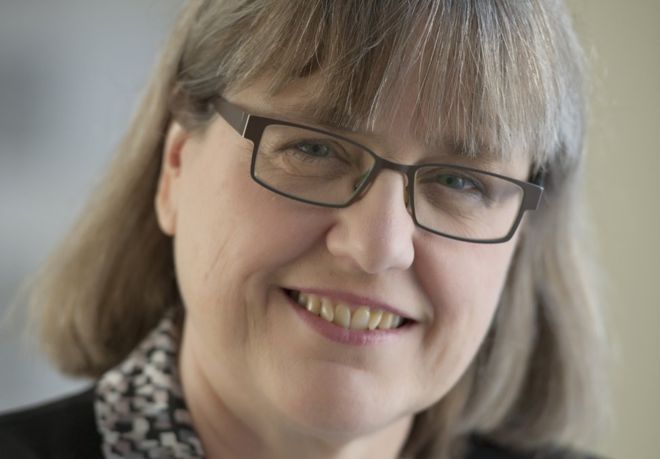By Eric King-
The 2018 Nobel Prize in Physics has been awarded to a woman for the first time in 55 years.Canadian Donna Strickland is the third winner of the award, along with Marie Curie, who won in 1903, and Maria Goeppert-Mayer, who was awarded the prize in 1963.
The award recognizes their discoveries in the field of laser physics. Dr Strickland shares this year’s prize with Arthur Ashkin, from the U.S, and Gerard Mourou, from France.
Ashkin is credited for developing a laser technique described as optical tweezers used to study biological systems. However, Drs Mourou and Strickland are credited for facilitating the shortest and most intense laser pulses ever created. Their feat is phenomenal in the world of physics. The last woman to win the physics prize, German-born American physicist Maria Goeppert-Mayer, took the prize for her discoveries about the nuclei of atoms.
Polish-born physicist Marie Curie shared the 1903 award with her husband Pierre Curie and Antoine Henri Becquerel for their research into radioactivity.
Reacting to her win, Dr Strickland, who is based at the University of Waterloo in Canada, said: “First of all you have to think it’s crazy, so that was my first thought. And you do always wonder if it’s real.
“As far as sharing it with Gerard, of course he was my supervisor and mentor and he has taken CPA (Chirped Pulse Amplification) to great heights so he definitely deserves this award. And I’m so happy Art Ashkin also won.”
She added: “I think that he made so many discoveries early on that other people have done great things with that it’s fantastic that he is finally recognized.”
APPLICATIONS
Mourou and Strickland’s technique has found several applications, including in laser eye surgery
Prior to Strickland and Mourou’s pioneering work, the peak power of laser pulses was limited because, when cranked up to high intensities, they would destroy the material used for amplifying its energy. Researchers first stretched the laser pulses in time to reduce their peak power, then amplified them and finally compressed them.
When a laser pulse is compressed in time and becomes shorter, more light is packed into a small space. This dramatically increases the intensity of the pulse.
Strickland and Mourou’s technique, called chirped pulse amplification (CPA), became a standard for high intensity lasers. It also found a use in laser therapy targeting cancer and in the millions of corrective laser eye surgeries which are performed each year.
Arthur Ashkin realized an old dream in science fiction – using the radiation pressure of light to move physical objects. In doing so, he invented the optical tweezers that are today used to grab particles, atoms, viruses and living cells with their laser-based pincers.Ashkin first worked on getting laser light to push small particles towards the centre of the beam and hold them there.
Then, in 1987, he used the tweezers to capture living bacteria without harming them. The technique is now used widely to study the machinery of life.
In a statement, the American Institute of Physics (AIP) offered its congratulations to all the winners, adding: “The countless applications made possible by their work, like laser eye surgery, high-power pettawat lasers, and the ability to trap and study individual viruses and bacteria, only promise to increase going forward.
“It is also a personal delight to see Dr Strickland break the 55-year hiatus since a woman has been awarded the Nobel Prize in Physics, making this year’s award all the more historic.”
Photograph: Uni Waterloo

